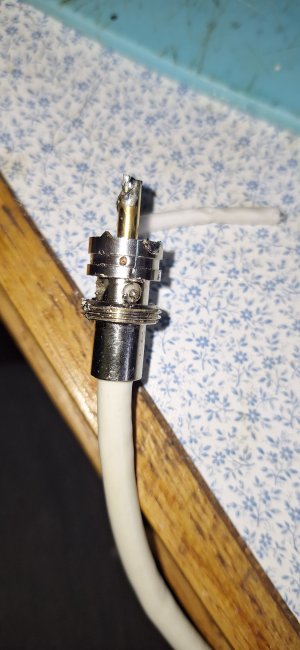Crinan12
Active member
Does anyone else have trouble soldering a pl259 for their vhf?
I cannot seem to get the solder to go into the end of the pl259 where the inner wire comes out. And I can't get it in the 4 small holes that are supposed to be filled with solder.
The solder just burns on the end of the soldering iron and I'm just making a mess.
Any tips?
Doing my head in !
Thanks
I cannot seem to get the solder to go into the end of the pl259 where the inner wire comes out. And I can't get it in the 4 small holes that are supposed to be filled with solder.
The solder just burns on the end of the soldering iron and I'm just making a mess.
Any tips?
Doing my head in !
Thanks

